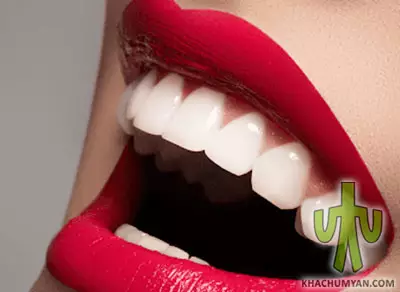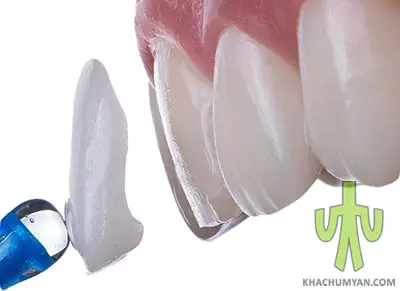 Aesthetic tooth restoration is one of the most popular methods that allows you to restore the natural shape of the tooth and give a beautiful smile. Current photopolymerization materials allow you to get a tooth with any form and color. Aesthetic restoration is often a suitable alternative to dental prosthetics.
Aesthetic tooth restoration is one of the most popular methods that allows you to restore the natural shape of the tooth and give a beautiful smile. Current photopolymerization materials allow you to get a tooth with any form and color. Aesthetic restoration is often a suitable alternative to dental prosthetics.
Indications
- Caries
- Tooth decay or fracture due to injury or incorrect bite
- Pathological erosion
- Defective front teeth
- Wedge-shaped flaw, erosion, fluorosis
Aesthetic restoration is the filling of the same tooth as the filling of carious cavities. The tooth is first processed, then processed with a special adhesive system that provides a firm fixation. After all this, real art begins. The dentist acts as a sculptor, he must not only restore the function of the tooth but also the beauty. The work is done in layers of different shades. It is customary to distinguish between opaque, enamel and transparent layers. All this is done to give the tooth a natural look. In the end, the tooth is elaborated and polished until to get a natural glow.
It should be noted, that in the presence of aesthetic restorations, you should be very careful because biting or chewing rough food with such teeth can lead to exfoliation. Aesthetic restorations need professional polishing, which must be done at the right time to ensure the durability of the restoration.
Tooth restoration by orthopedic methods
 In cases where there are large flaws or large carious cavities and it is not possible to carry out the restoration with photopolymerization fillings, it is necessary to apply orthopedic prosthetics:
In cases where there are large flaws or large carious cavities and it is not possible to carry out the restoration with photopolymerization fillings, it is necessary to apply orthopedic prosthetics:
- Ceramic inlay(onlay)
- Veneer
- Crown (metal-ceramics, ceramics without metal, zirconium oxide)
If the front teeth are restored and there are relatively small defects, then veneers are used to restore them, if the defect is large and it is not possible to apply veneers, then the restoration should be done with crowns, without metal ceramics, zirconium oxide. These don't have a metal base and are aesthetically pleasing for the front teeth.
Ceramic inlays (onlays) and metal-ceramic crowns are mainly used for the restoration of chewing teeth.



